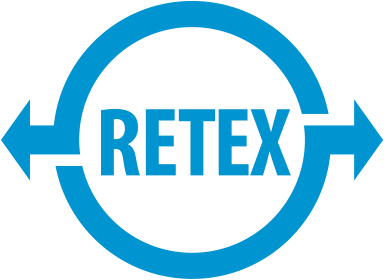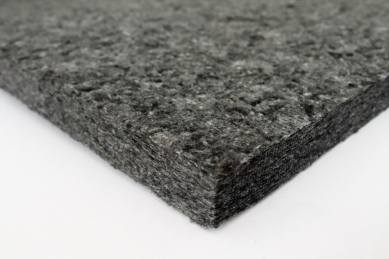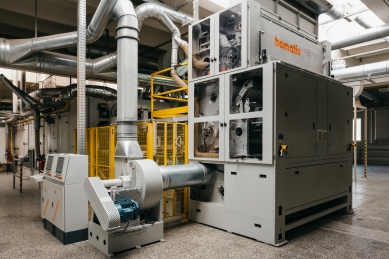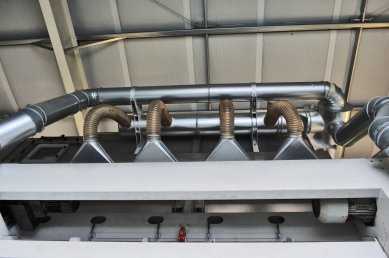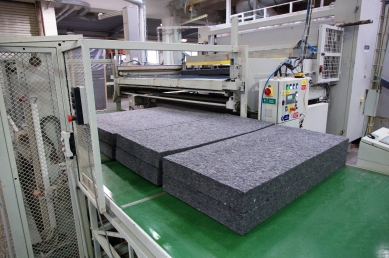 |
The modern and dynamic company RETEX, a. s., with over 65 years of tradition, focuses on the development and production of non-woven textiles. Its products are primarily intended for the manufacture of components for the automotive industry and construction. The company exports its goods to Europe and overseas, and in addition to high-quality products, it also provides top-notch service to its clients.
Now, in collaboration with universities, it has developed thermal and acoustic insulation made from synthetic fibers – ENVIZOL TB OH 26 and ENVIZOL TB OH 50. Their production takes place on a modern line in Moravský Krumlov, and the main raw material processed is technological waste from the production of insulation made from polyester fibers from PET bottles. This is essentially a double recycling. Thanks to the careful selection of raw material – very fine fibers up to 2 dtex[1] without contamination from coarse fibers – the desired properties are achieved.



